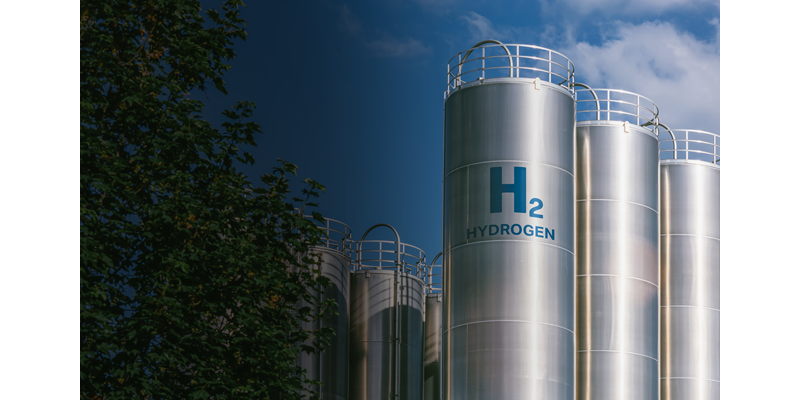2 minute read
Murray Douglas
Vice President, Hydrogen & Derivatives Research

Murray Douglas
Vice President, Hydrogen & Derivatives Research
Murray is responsible for Wood Mackenzie’s global coverage across the hydrogen value chain.
Latest articles by Murray
-
Opinion
Hydrogen: the outlook to 2050
-
Opinion
Our top takeaways from the World Hydrogen Summit
-
Opinion
eBook | The hydrogen opportunity from now to 2050: what utilities and developers need to know
-
Opinion
eBook | The hydrogen opportunity from now to 2050: what industrial players need to know
-
Opinion
eBook | Investing in hydrogen from now to 2050: what you need to know
-
Opinion
What lies ahead for hydrogen and low-carbon ammonia?
Hydrogen has been an energy transition hot topic for some time. But project developers, offtakers and policymakers have so far struggled to move at the pace they hoped – with cost pressures the key barrier.
Those pressures have not disappeared. However, clarity is emerging in some crucial areas that will begin to unlock early signs of growth. The seemingly endless number of project announcements will continue but the focus will firmly be on which can progress towards final investment decision (FID) – with some surprises expected along the way.
This is shaping up to be a critical year in establishing the pace at which low-carbon hydrogen and derivatives markets can grow.
Drawing on unique insight from Lens Hydrogen, we’ve set out our predictions of the key themes to watch as the year unfolds. Fill in the form to get your complimentary copy, and read on for a brief introduction.
Japan and Korea clarify hydrogen support schemes
Japan updated its Basic Hydrogen Strategy in June 2023, while South Korea published its hydrogen strategy in November 2022. However, both strategies lack clarity on subsidy schemes and emissions thresholds. The market is eagerly awaiting details – expected in early 2024.
Policy in these markets is expected to be supportive of blue ammonia imports which will enable faster scaling of the market at lower cost. How will this impact landed costs for blue ammonia this decade, and how will it compare to importing electrolytic (green) ammonia? Read the full report for more on this, plus a look at how the low-carbon hydrogen supply project portfolio of Japanese and Korean companies will evolve.
US Treasury guidance around the 45V tax credit finally takes shape
A lack of clarity around the rules for the 45V tax credit (offering up to US$3/kg) impeded the pace of growth in the US in 2023. Many project developers deferred investment decisions until clarity emerged – clarity that was finally delivered from the US Treasury on 22 December 2023.
As expected, the guidance was similar to the rules announced last year in Europe: phased hourly matching and some restrictions on geographic location and additionality. While the Treasury guidance is strict, it will not smother the embers of the burgeoning hydrogen industry in the US.
Yet it is likely that the US will experience delays, not only in projects coming online, but slowdowns in manufacturing scale-up, establishment of supply chains, technology diffusion and learning curves.
How will Treasury guidance impact green hydrogen’s competitiveness versus blue hydrogen? And how will it affect the competitiveness of US projects targeting exports? Read the full report to find out more.
Ammonia opportunities abound
Ammonia presents several opportunities in the energy transition space, not least as a transportable hydrogen vector and clean fuel. A testament to its promise, Maersk Tankers recently placed an order for four very large ammonia carriers (VLACs) with Hyundai Samho Heavy Industries in South Korea – amongst the world’s largest in their category – with the option to expand the order to a total of ten vessels.
How much growth in annual traded ammonia do we anticipate? How will the order book for ammonia carriers expand in 2024? Find out more in the full report.
Plus: how will production Contracts for Difference (CfD) schemes in the UK and EU impact hydrogen growth in Europe?







